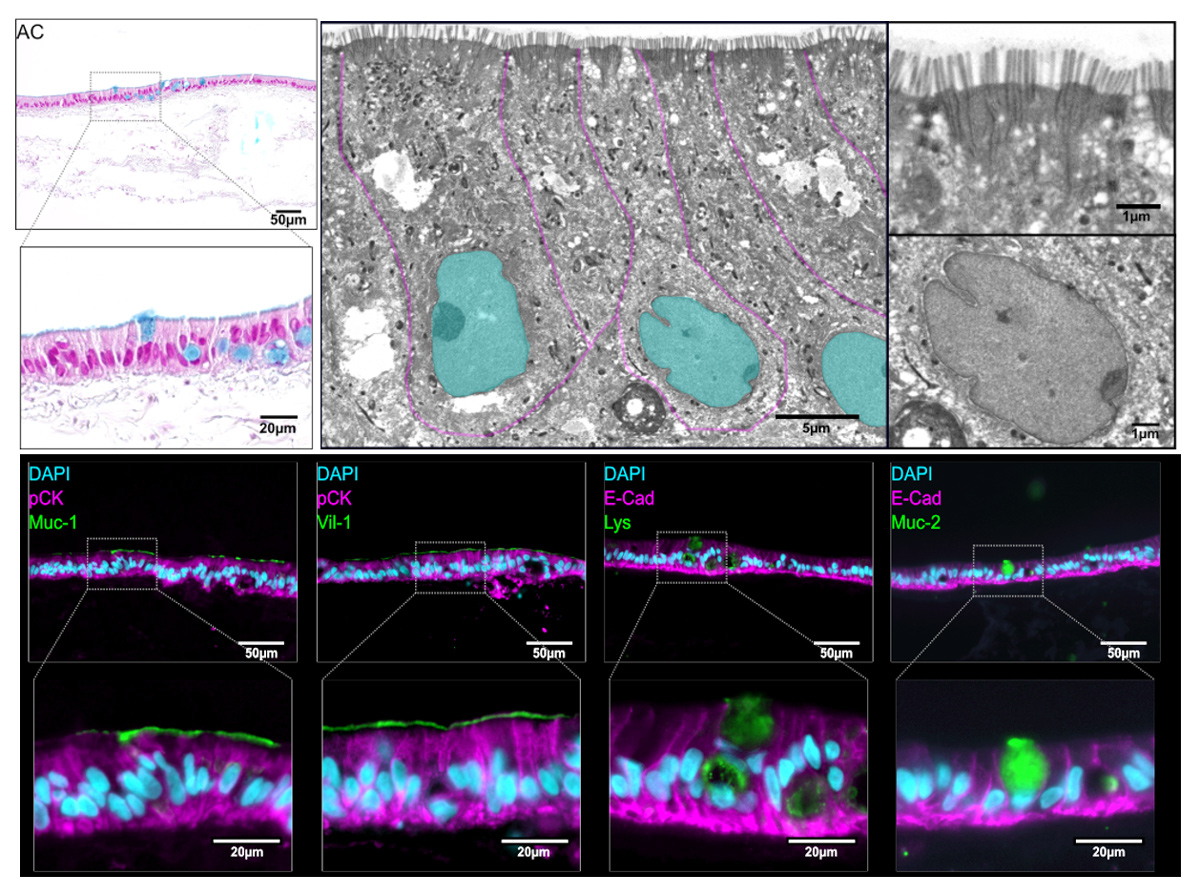
Tissue engineering involves the artificial production of biological tissues and thus describes a central pillar in the field of regenerative medicine. One aspect of tissue engineering is the establishment of in vitro test systems and their use for investigating basic scientific questions in the areas of developmental, infectious, tumor, and pathobiology, as well as for drug and toxicity studies. The establishment of such in vitro test systems, which replicate physiological reality as accurately as possible, aims to reduce the number of necessary animal experiments. The rule is: the more accurately the test system replicates physiological conditions, the more precisely physiological events can be simulated and predicted at the in vitro level, and the lower the number of animal experiments required to validate the findings.
Numerous factors are necessary for the most accurate reconstruction of the physiological environment of a cell, including the role of the extracellular matrix, the interaction of different cell types, and mechanical influences. These aspects are taken into account through the use of state-of-the-art laboratory techniques, particularly the development and use of bioreactor systems and the use of biological carrier structures. Building on this, in recent years, various cellular in vitro systems have been established that are used for basic scientific purposes as well as industrial testing. These include test systems for the blood-brain barrier, skin, small intestine, upper respiratory tract, and cornea, as well as tumor models for lung, breast, and pancreatic cancer. The development and use of such in vivo-like in vitro test systems makes an important contribution to reducing the number of necessary animal experiments.

© Fraunhofer ISC
Pictures of an in vitro model of the small intestine. The epithelial cells form a tight barrier making it difficult for substances and microorganisms to pass. The single cells exhibit microvilli for surface enlargement. The in vitro model contains different types of cells of the intestinal epithelium, including mucus producing goblet cells, absorptive epithelial cells and lysozyme-positive Paneth cells. (Figure modified from Däullary 2022, doctoral thesis).
